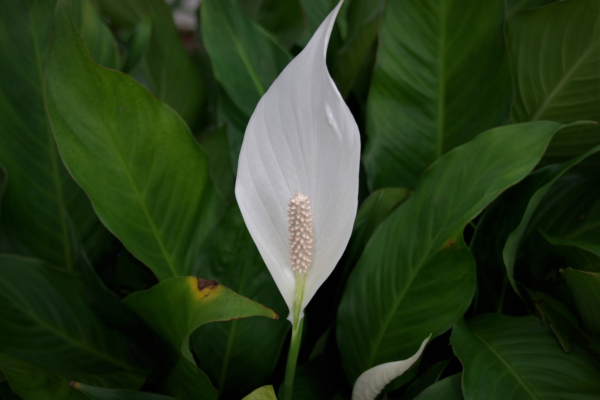Indoor plants are a fantastic way to brighten up your living space, improve air quality, and create a calming atmosphere. However, many beginners struggle with keeping their houseplants healthy and thriving. This comprehensive guide will walk you through everything you need to know about how to care for indoor plants, ensuring your greenery stays vibrant and beautiful.
Understanding Your Indoor Plants’ Light Requirements
One of the biggest challenges with indoor plants is providing the right amount of light. Plants vary widely in their needs:
- High light plants like succulents and fiddle leaf figs need bright, indirect sunlight.
- Medium light plants such as pothos and snake plants tolerate lower light but still prefer some natural light.
- Low light plants like ZZ plants and some ferns can survive in shaded corners.
Place your plants accordingly to ensure they get enough light without getting scorched.
Watering Your Indoor Plants Correctly
Watering is often the trickiest part of indoor plant care. Overwatering can lead to root rot, while underwatering causes leaves to wilt and dry out. Follow these tips for proper watering:
- Check the soil moisture by sticking your finger about an inch deep; if it feels dry, it’s time to water.
- Use room temperature water to avoid shocking the roots.
- Water thoroughly until excess drains from the pot’s bottom, then empty the drainage tray.
- Adjust watering frequency based on the plant type, season, and indoor humidity.
Choosing the Right Soil and Pots for Your Plants
Indoor plants need well-draining soil to prevent waterlogging. Use a potting mix formulated for indoor plants, often containing peat moss, perlite, or vermiculite. Avoid garden soil, which is too dense for pots.
Choose pots with drainage holes to allow excess water to escape. Terracotta pots are great because they are porous and help regulate moisture.
Fertilizing Your Indoor Plants
Indoor plants require nutrients to thrive, especially during their active growing season (spring and summer). Use a balanced, water-soluble fertilizer every 4-6 weeks. Be careful not to over-fertilize, as this can burn roots and damage the plant.
Managing Common Indoor Plant Problems
Keep an eye out for pests like spider mites, aphids, and mealybugs. Wipe leaves regularly and isolate any affected plants to prevent spread. Yellowing leaves often indicate watering issues or insufficient light.
Tips for Propagating Your Indoor Plants
Many indoor plants can be propagated easily through cuttings or division. This is a fun way to multiply your collection and share plants with friends.
Final Thoughts: Enjoy the Benefits of Healthy Indoor Plants
Caring for indoor plants can improve your mood, purify your air, and enhance your home decor. With the right light, watering, soil, and attention, your indoor garden will flourish beautifully.
